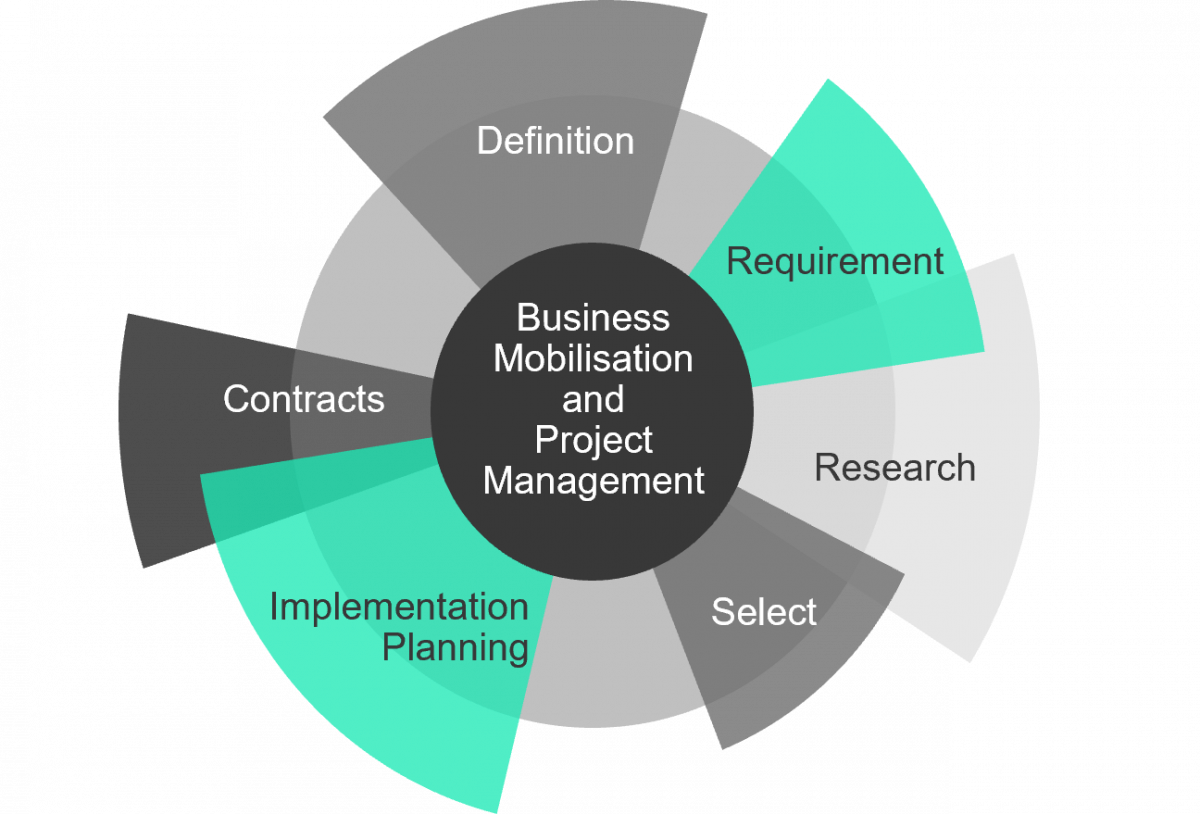Canadian Hydrogen Observatory: Insights to fuel…

This article originally appeared in Business & Finance's March 2022 edition of their print magazine.
Two words likely to send a shiver down a CEO’s back are “ERP Implementation” with horror stories of projects over budget and timeline, failing to deliver benefits and distracting management time and attention. Compounded by uncertainty on moving to Cloud-based Software-as-a-Service (SaaS) solutions, many organisations dread the prospect yet at the same time recognise that standing still is not an option.
Enterprise Resource Management (ERP) systems drive activities from CRM through sales, distribution, service, inventory, manufacturing, quality & finance. So, any project to upgrade or replace these systems is a major undertaking and one to be taken seriously. Such projects are also an opportunity to drive transformational change across business functions and supporting technology.
20 years experience working with clients selecting and implementing a variety of enterprise systems consistently highlights that Selection is the first step of Implementation – the groundwork (or omissions) at this stage will have a significant bearing on implementation and benefit realisation stages.
Our approach has a number of key aspects. First and foremost, any transformation programme needs a strong business sponsor to champion and drive the programme with a clear vision of the outcomes they are looking to achieve. This needs to be supported by good governance and project management throughout the process to ensure clarity of focus, decision making and risk management.
The Definition stage is getting clarity on the problem to solve, the scope of work and target benefits, and in the context of moving ERP to the Cloud and SaaS solutions, this may raise new concerns not historically relevant to the business such as support models.
Requirements is usually an area where organisations invest a lot of effort – not always productively. Here, requirement accelerators can be helpful to fast-tracking this process and a design methodology to allow the business to challenge “how we do things” can be helpful to avoid getting stuck in replicating the past.
You may know your preferred choice of ERP within the budget range you are targeting – but there will be typically new aspects of any ERP which need research to understand choice and implications.
The Selection choice (both product and implementor) is mistakenly viewed as the end product of many selection phases. To do so ignores implementation planning and contractual negotiation, where clarity on timelines, budget, roles and responsibilities, resourcing and risk management are critical inputs to driving successful implementation.
Any system implementor worth its salt knows how to approach implementing an ERP and will put forward a timeline based on assumptions that the business is ready and able to move at the same pace. So, our last stage is making sure the business is mobilised accordingly. Projects fail because the client fails to mobilise the right team, under-estimates the effort required and mistakenly believes the implementor will do the heavy lifting.
The selection stage will set you up for success or failure in implementation. Our approach can help improve the likelihood of success.
